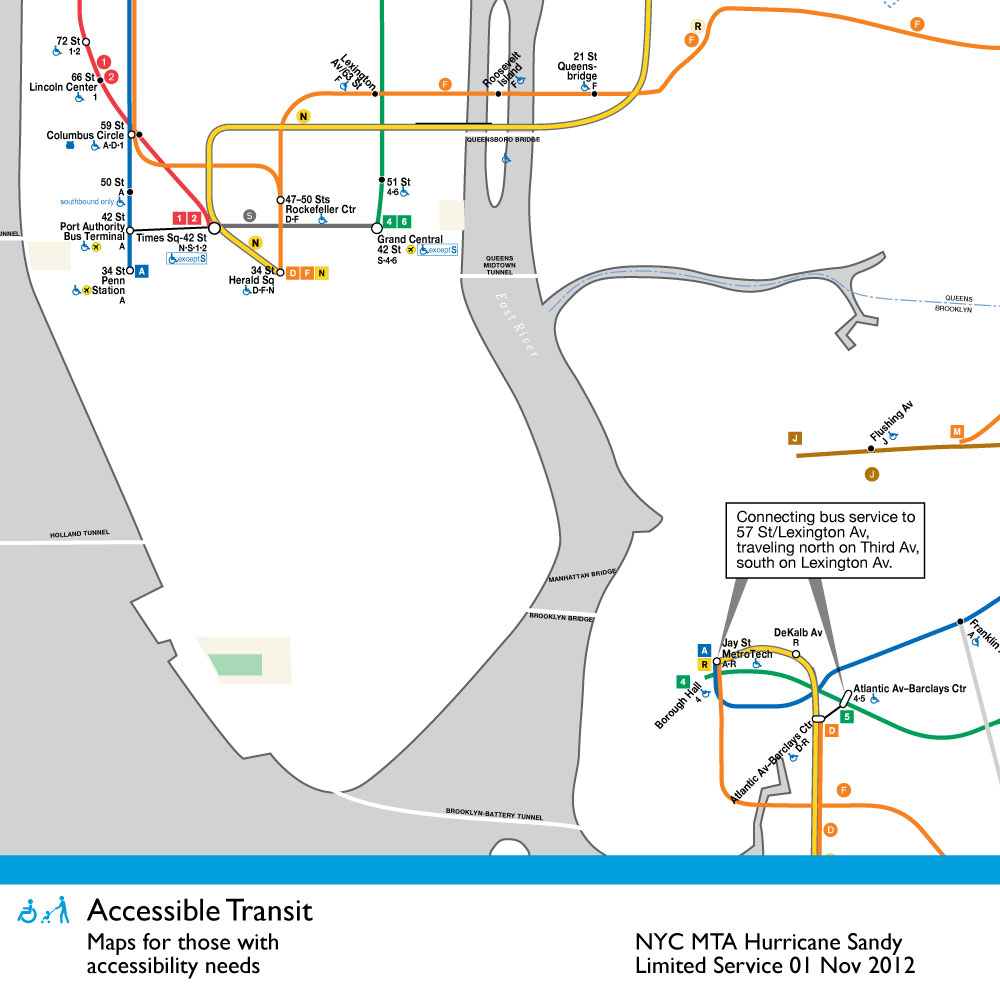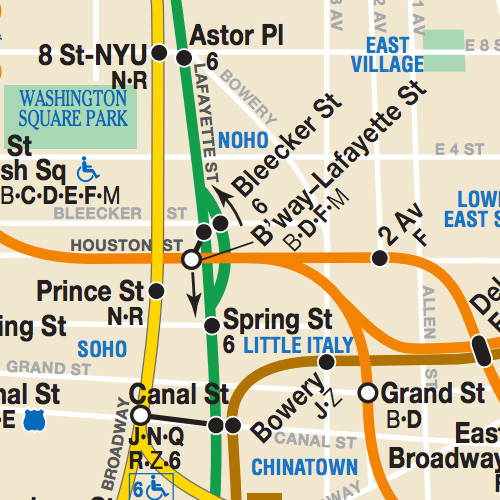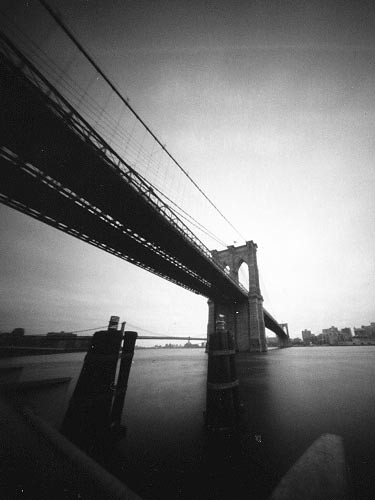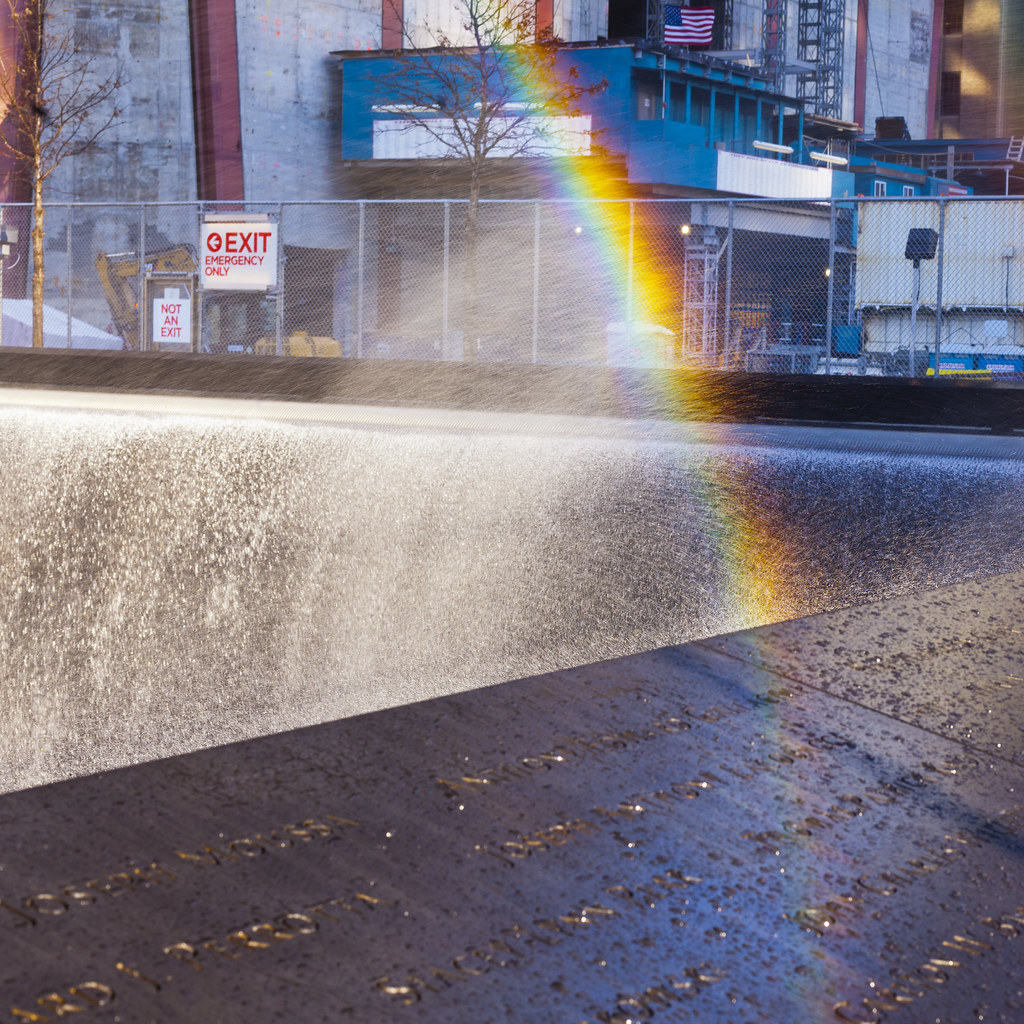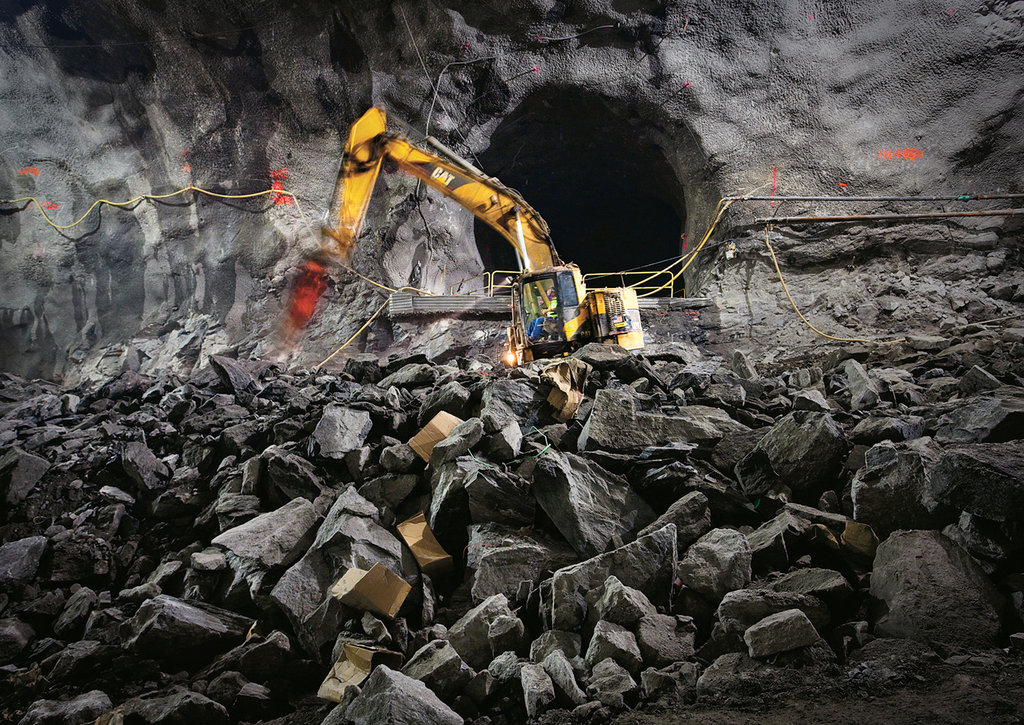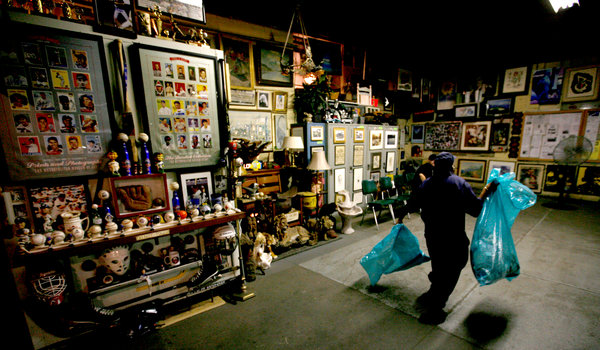If I were you, I’d take some time to read Adam Greenfield’s Preliminary notes to a diagram of Occupy Sandy:
Occupy Sandy’s effectiveness constitutes both powerfully impressive testimony as to what ordinary people can achieve when organized in a horizontal, leaderless, distributed and consciously egalitarian network, and a rebuke to the seeming inability of the centralized, hierarchical and bureaucratic organizations to which our society has hitherto entrusted mission-critical disaster recovery functions to cope with what this responsibility demands of them.
Between last week and this, with the cheerful help of everyone I spoke to (and particular thanks to Easton, Lev and Caitlin), I’ve begun to map the process flow at 520 Clinton: to identify the site’s major discrete functions, chart the flow of people, material, information and other resources between them, and identify any blockages or breakdowns in these flows. The rest of this post consists of preliminary notes toward just such a map.
via Preliminary notes to a diagram of Occupy Sandy « Adam Greenfield's Speedbird.


